Denemek ALTIN - Özgür
The Pro Producer's Guide To DIGITAL AUDIO
Computer Music
|August 2022
If you want to achieve the best mixed and mastered tracks within your DAW, an understanding of how digital audio works is essential. Let's find out exactly what's going on 'inside the box' as we go back to first principles
-

It's entirely possible to make music on a computer without having the faintest idea of how digital audio works, but a little knowledge can go a long way when it comes to pushing the medium to its limits.
For those unfamiliar with the basics of how sound works, let's start at square one. Some of the following explanations might seem a little abstract out of the context of actual mixing, but introducing these ideas now is important, as they'll be referenced when we get more handson later in the issue.
Sound is the oscillation (that is, waves) of pressure through a medium - air, for example. When these waves hit our tympanic membranes (eardrums), the air vibration is converted to a vibration in the fluid that fills the channels of the inner ear. These channels also host cells with microscopic 'hairs' (called stereocilia) that release chemical neurotransmitters when pushed hard enough by the vibrations in the fluid. It's these neurotransmitters that tell our brain what we're listening to.
The process of recording audio works by converting the pressure waves in the air into an electrical signal. For example, when we (used to) record using a microphone feeding into a tape recorder, the transducer in the mic converts the pressure oscillation in the air into an electrical signal, which is fed to the tape head, which polarises the magnetic particles on the tape running over it in direct proportion to the signal. The movement of sound through air - and, indeed, the signal recorded to tape - is what we'd call an analogue signal. That means that it's continuous - it moves smoothly from one 'value' to the next without 'stepping', even under the most microscopic of scrutiny.

By the numbers
Bu hikaye Computer Music dergisinin August 2022 baskısından alınmıştır.
Binlerce özenle seçilmiş premium hikayeye ve 9.000'den fazla dergi ve gazeteye erişmek için Magzter GOLD'a abone olun.
Zaten abone misiniz? Oturum aç
Computer Music'den DAHA FAZLA HİKAYE
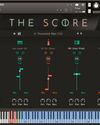
Computer Music
Sonuscore The Score $399 PC MAC
The Score comes up with a film soundtrack based on your stylistic choices, but that’s just the start of it. Andy Jones scores The Score
3 mins
November 2024
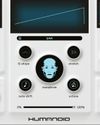
Computer Music
Baby Audio Humanoid $129 PC MAC
Humanoid brings the ‘extreme’ and ‘radical’ to the world of vocals, but is also one of the easiest plugins to use and abuse, says Andy Jones
4 mins
November 2024
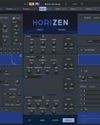
Computer Music
The Synth Factory Horizen $129 PC MAC
A synth/sampler that packs in a lot of power at an almost silly price - despite its low profile, Andy Jones gazes at Horizen...
3 mins
November 2024
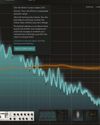
Computer Music
Flow Mastering Suite $15/month PC MAC
Mastering your music just got as easy or as complex as you want. But, Andy Jones asks, is it worth yet another monthly subscription?
3 mins
November 2024
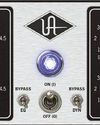
Computer Music
Universal Audio LA-6176 $299 PC MAC
UA has bundled three of its classic emulations into one channel strip. Is this analogue dream your ideal plugin team? Andy Jones finds out
4 mins
November 2024
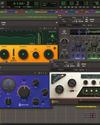
Computer Music
Rack'em up...
IK Multimedia has announced a comprehensive update to its mixing and mastering software, T-RackS, that brings some smart mastering additions
1 mins
November 2024
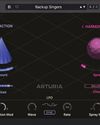
Computer Music
FX Collection 5 €499
Arturia's huge bundle of effects gets its regular update and it's still easily as essential as the company's V Collection
3 mins
November 2024
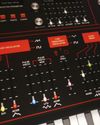
Computer Music
Make a pulsing bass with GForce Axxess
Get mechanical, with a garage-inspired bass patch, which gets right to the pulsing heart of the Axxess synthesiser
4 mins
November 2024
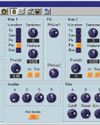
Computer Music
The software that shaped us
Computer Music has had a 25-year history, and over the life of this magazine, the technology behind music production has changed beyond recognition. Here are the products that set the stage for the modern world…
5 mins
November 2024
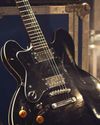
Computer Music
PERFECT VIRTUAL GUITAR!
Need a great guitar sound, but lacking any guitar-playing contacts, or the skills to play it yourself? Have no fear, your computer is here! With a few pointers, buying advice and hands-on tips, you and your PC or Mac can emulate the greatest guitarists in the world…
6 mins
November 2024
Translate
Change font size

